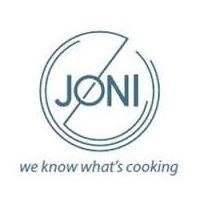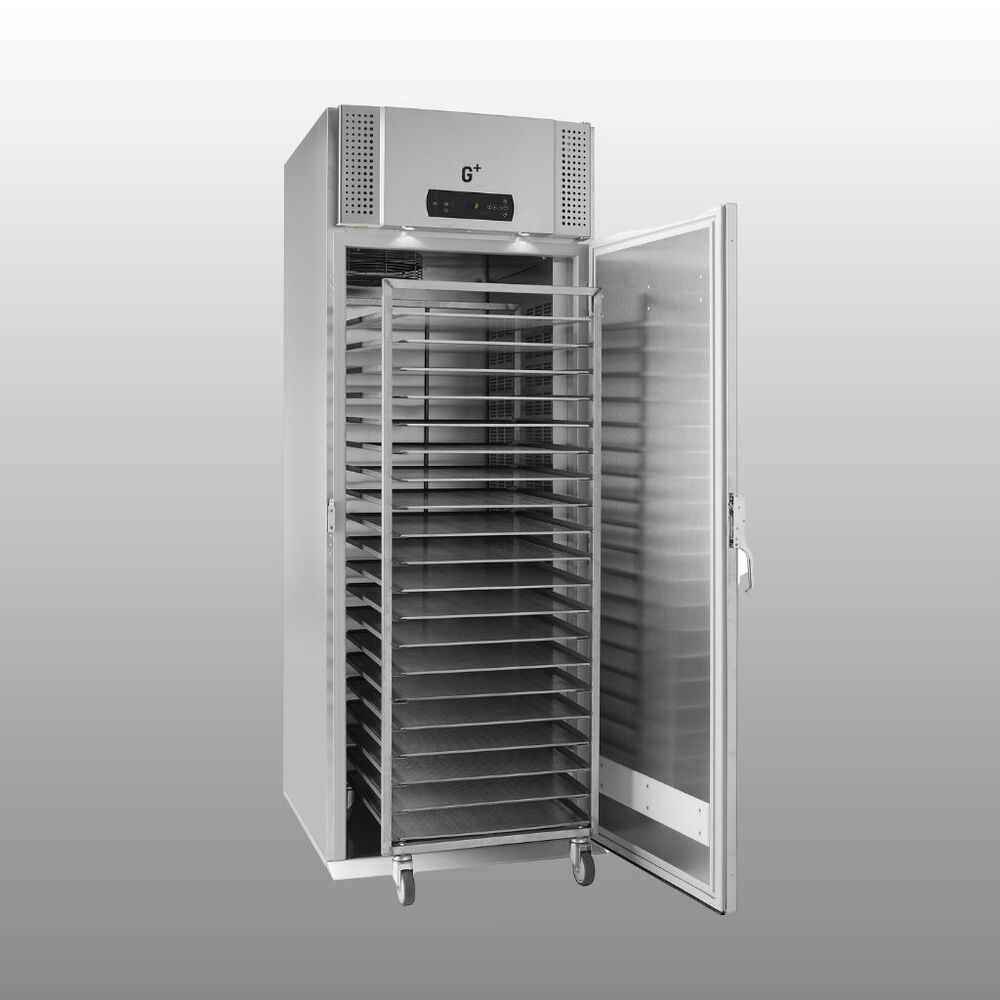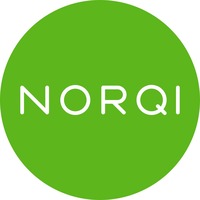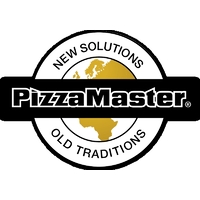How Baby Boomers are Changing Aged Care Foodservice
How aged care kitchens are achieving high quality production cooking
Transforming aged care catering: meeting the expectations of a new generation.
As baby boomers move into aged care residences in record numbers, the demand for modern, high-quality food service systems has never been higher. Today’s residents expect more than just meals; they want choice, variety, and a dining experience that feels personal and enjoyable. For facility directors and food service managers, this means adapting quickly to meet changing expectations while remaining compliant and efficient.
The challenges facing aged care catering.
Aged care kitchens face complex challenges every day, including:
- New Standard 6, food and Nutrition requirements
- Quality control and HACCP compliance
- Safe food storage and transportation
- Efficient batch cooking and chilling
- Individual health and nutritional needs
- Personal preferences and overall dining enjoyment
These factors make menu planning and food preparation a critical component of resident satisfaction and well-being.
Why dining matters more than ever.
For many residents, mealtime is the highlight of their day. It is a social event that influences their physical and emotional well-being. Families selecting an aged care facility often regard the quality of catering as a crucial factor in their decision-making. Serving nutritious, tasty, and visually appealing meals can distinguish your facility and leave a positive, lasting impression.
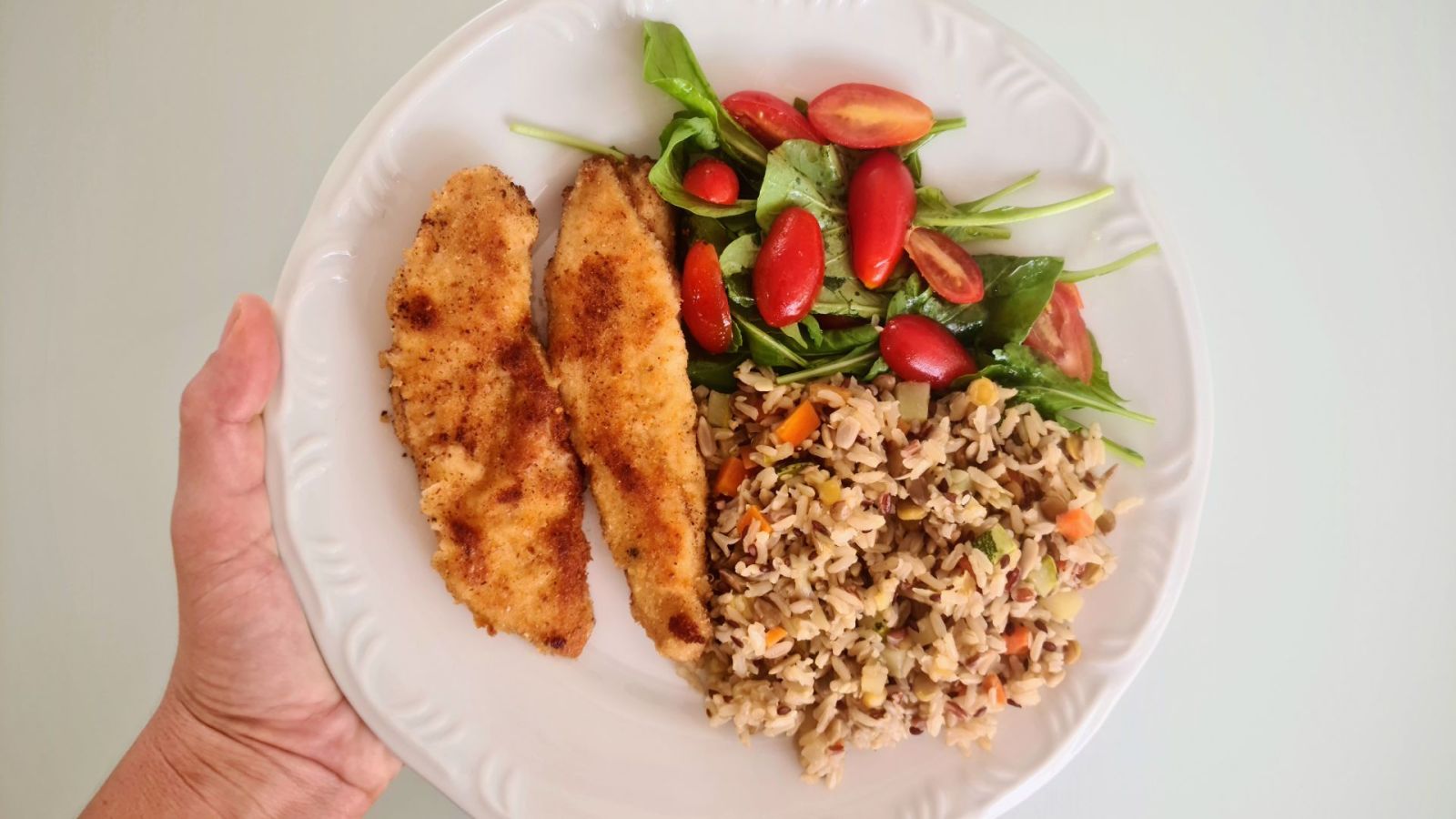
The modern resident: a life of choice
Today’s elderly population has grown up with multicultural cuisine, convenience, and technology. They expect more variety, choice, personalised catering options, restaurant-quality meals, and flexible dining times or locations. Meeting these expectations to stay at the forefront of aged care service excellence requires innovation and a commitment to food service excellence.
Future-proofing aged care kitchens
As demand increases, innovative facilities are investing in advanced equipment and technologies to overcome longstanding challenges and enhance operational efficiency.
Key priorities include:
- Higher productivity and cost efficiency
- Enhanced food safety systems
- Consistent quality control
- Improved resident satisfaction
By adopting modern solutions, aged care providers can remain competitive and offer exceptional dining experiences.
- Achieving high-quality production cooking
- Maintain perfect temperatures for prepared foods to ensure safety and flavour
- Transport meals at optimal conditions for freshness
- Streamline batch cooking, cooling, and storage systems
- Safely prepare soups, stocks, and purées with maximum temperature control
- Use equipment that is easy to operate and safe for staff
ScanBox Banquet Line HF12 sets the benchmark for hot food transport, keeping meals warm and appetising from kitchen to table. For facilities seeking flexibility, the ScanBox Duo Cabinets offer dual compartments for hot and cold storage and are perfect for varied menus and service times.
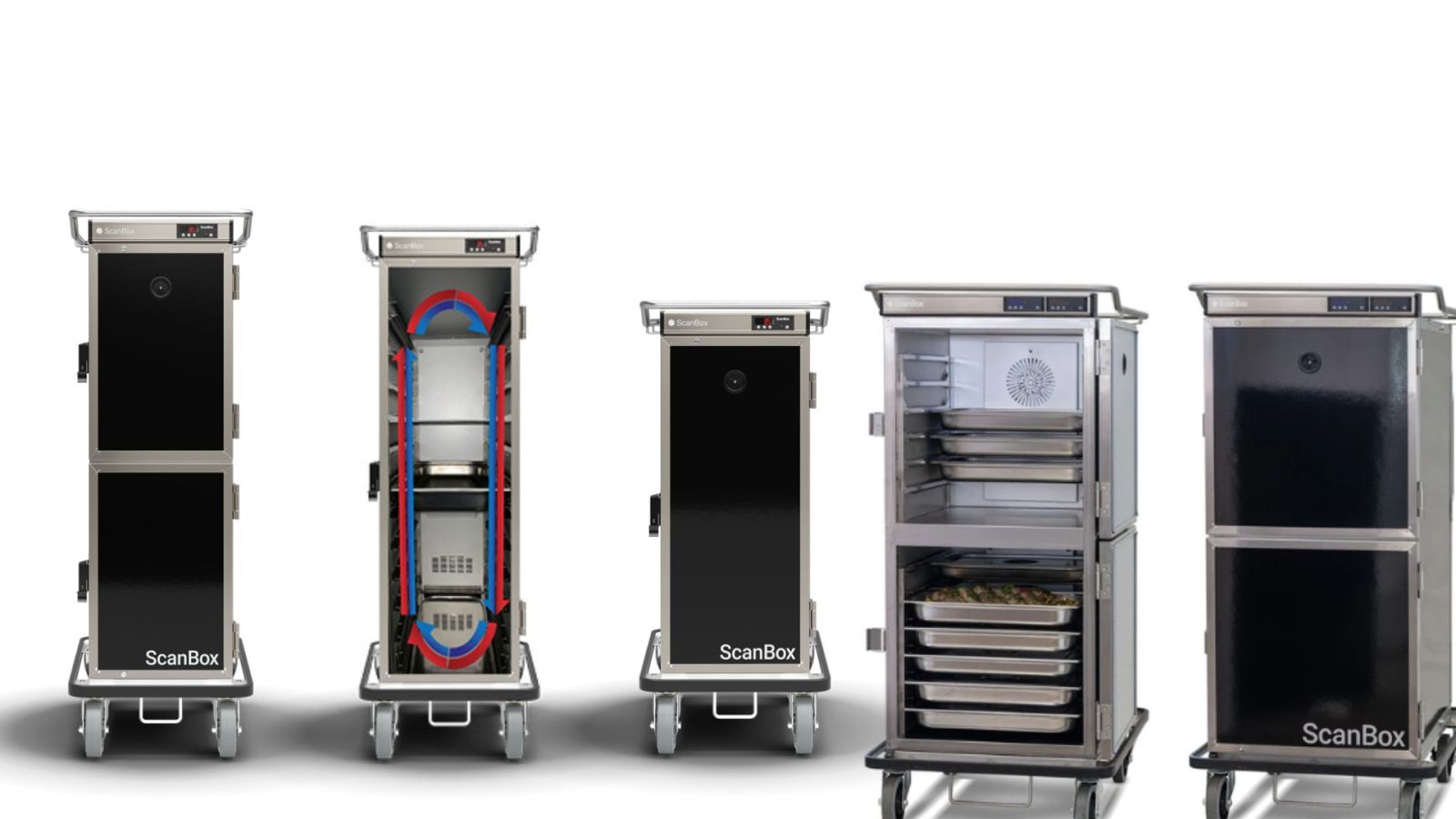
The Meal ID System, our Australian innovation exclusive to Skanos, provides accuracy and dignity in meal service. It guarantees residents receive the correct meal every time. Complementing this is our Beverage Service Trolley, designed for hygienic, efficient drink delivery, and G+ Gram Professional Refrigeration, which offers reliable cold storage for fresh ingredients.
These solutions work together to help aged care kitchens deliver consistent quality, ease operational stress, and improve residents' dining experience. When aiming for excellence in production cooking, Skanos offers the tools to achieve it.
Partner with Skanos for tailored aged care solutions
At Skanos, we recognise that each aged care facility has its own unique needs. We work with facilities to develop customised solutions that tackle your specific operational challenges. Whether it's improving food safety, increasing batch-cooking efficiency, or optimising transport, our dedicated team partners with care directors and food service managers to develop strategies that enhance resident satisfaction and ensure kitchen operations run seamlessly.
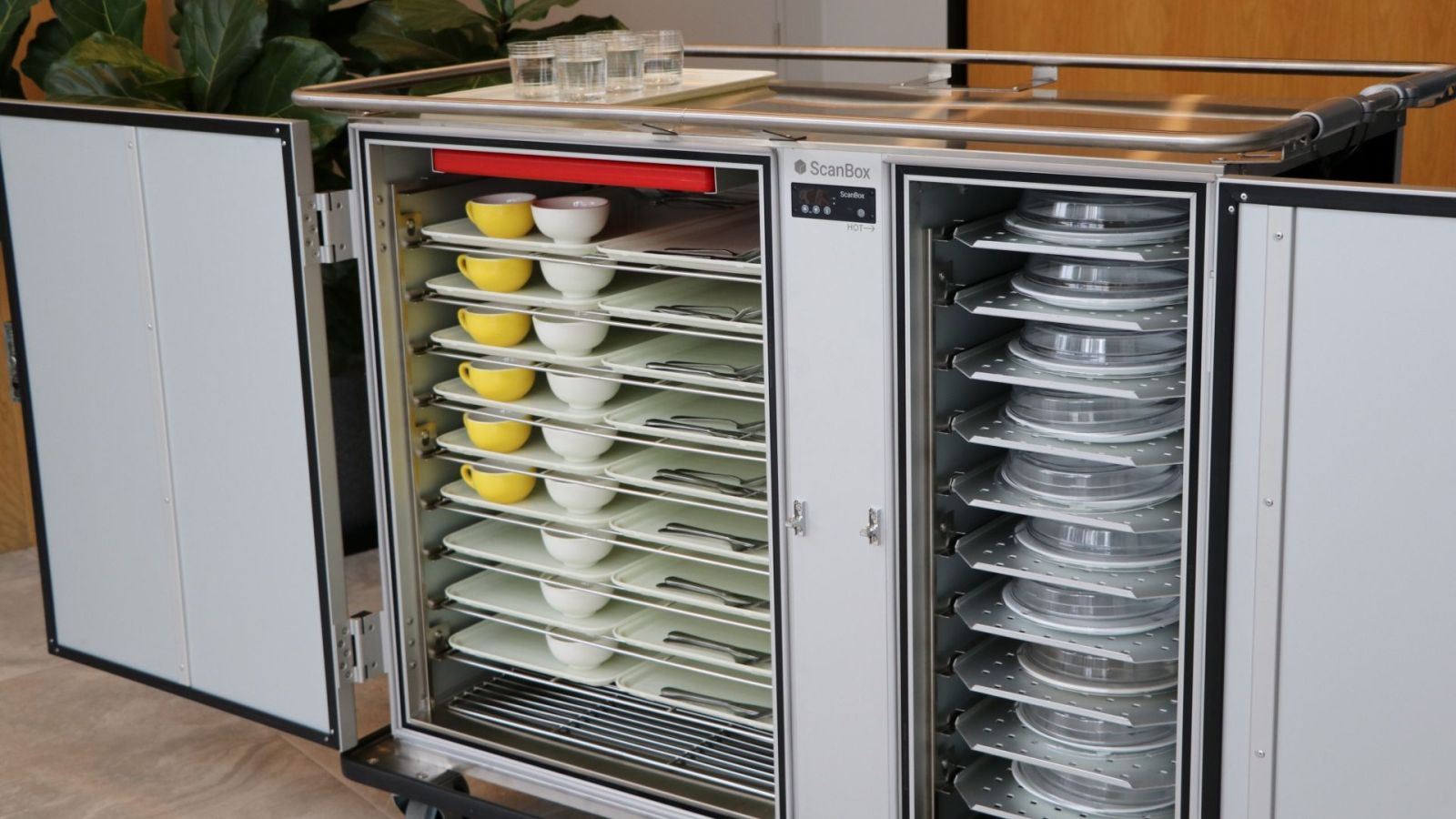
Our global network of innovative technologies keeps your facility ahead of industry standards, and our practical, hands-on approach ensures cost-effective results. Whether you're aiming to boost compliance, lower your carbon footprint, or enhance dining experiences for residents, Skanos is ready to help with reliable equipment solutions.
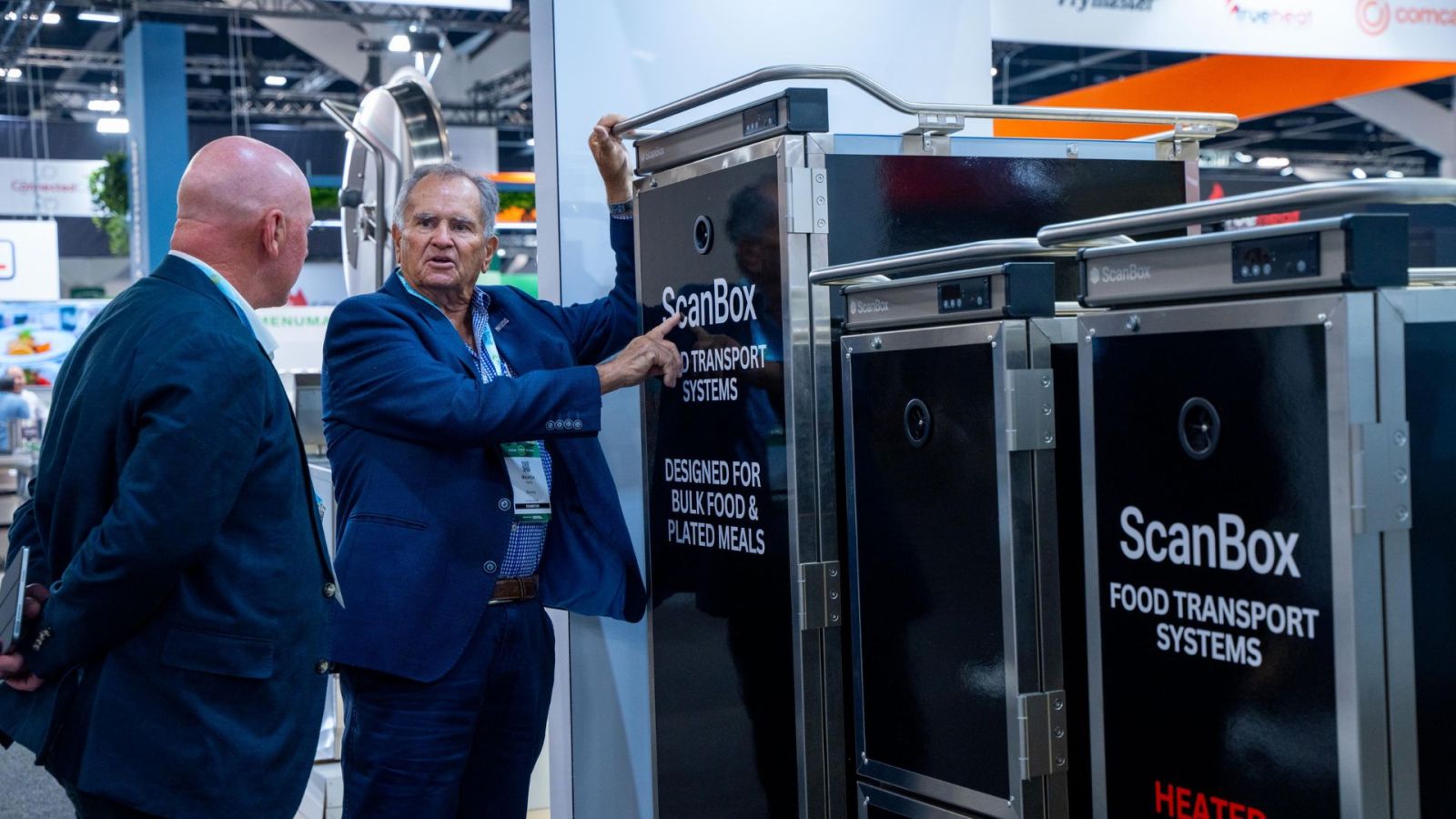
Contact us below for a free consultation and discover how we can help you.



